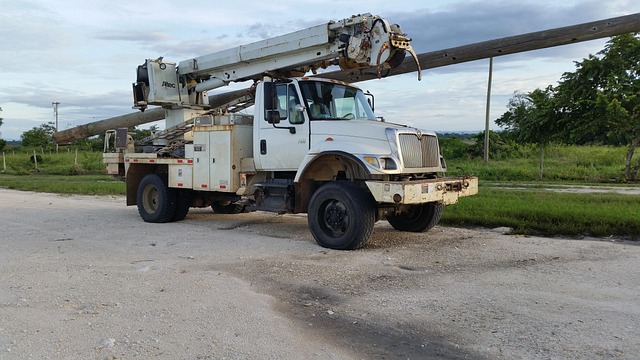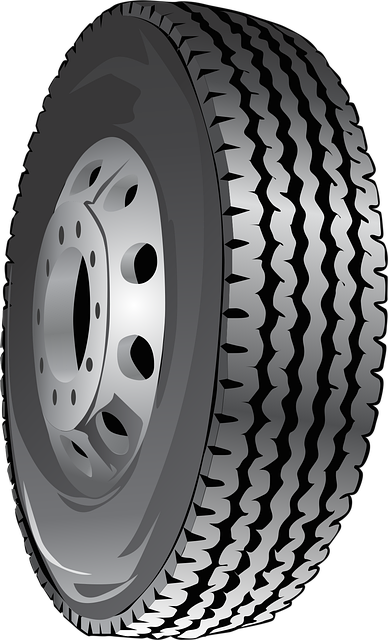Looking to register your car in California? This guide breaks down the process step-by-step, from understanding key requirements to submitting your application. First, familiarize yourself with what’s needed for car registration in CA, including necessary documents and the crucial role of the DMV VIN verifier. Then, decide between visiting a physical DMV office or using their efficient online services. Follow these clear instructions for a smooth vehicle registration experience.
- Understand Requirements for Car Registration in California
- Gather Necessary Documents for Car Registration
- Visit DMV or Use Online Services for Vehicle Registration
- Verify Vehicle Identification Number (VIN) with DMV
- Complete and Submit Car Registration Application
Understand Requirements for Car Registration in California

Before diving into the registration process, it’s crucial to understand the requirements for car registration in California. The Department of Motor Vehicles (DMV) enforces strict regulations to ensure road safety and vehicle authenticity. One key component is the Vehicle Identification Number (VIN) verifier, often referred to as a DMV VIN verifier, which plays a vital role in validating the vehicle’s history and ensuring it meets all legal standards.
To register your car successfully, you’ll need to provide accurate and up-to-date information about your vehicle, including its make, model, year, and the current mileage. Additionally, a mobile VIN inspection or mobile VIN verification using a trusted service can help streamline the process by providing instant access to detailed vehicle history reports, making it easier to meet California’s stringent requirements.
Gather Necessary Documents for Car Registration

Before you begin the registration process, it’s crucial to gather all the essential documents required by the California Department of Motor Vehicles (DMV). One critical step is to verify your vehicle’s unique identifier, known as the Vehicle Identification Number (VIN), using a reliable service like a DMV VIN verifier. This ensures accuracy and streamlines the process.
Among the necessary documents are proof of ownership, often in the form of a title or bill of sale; a valid driver’s license; a current insurance card; and registration fees. For vehicles with a history of ownership, you might also need to provide documentation from previous registrations. If you’ve recently purchased a car through a private seller, consider opting for a mobile VIN verification service to ensure the vehicle’s legitimacy and history, making the registration process smoother and safer.
Visit DMV or Use Online Services for Vehicle Registration

You have two convenient options when it comes to registering your car in California: visit a DMV office or utilize online services. If you opt for the former, prepare to bring essential documents like proof of ownership, vehicle identification number (VIN) verifier, and valid ID. A DMV representative will guide you through the process, ensuring all requirements are met before issuing your registration.
For those preferring a digital approach, California’s Department of Motor Vehicles (DMV) offers online registration via their website. Here, you’ll input your vehicle details, including its VIN, which can be easily verified using a mobile vin inspection tool. This method streamlines the process, allowing you to complete registration from the comfort of your home.
Verify Vehicle Identification Number (VIN) with DMV

Before you begin the registration process, it’s crucial to ensure your vehicle’s Vehicle Identification Number (VIN) is legitimate and accurate. One effective way to verify this is by using a DMV VIN verifier. This service allows you to cross-reference the VIN with official records maintained by the California Department of Motor Vehicles (DMV). By doing so, you can confirm that the vehicle is not only genuine but also meets all necessary safety standards, thus avoiding potential issues down the line.
A mobile vin verification or inspection conducted through a trusted third-party service can offer additional peace of mind. These services often provide instant results, allowing you to address any discrepancies immediately. This step is especially important when purchasing a used car from a private seller, as it helps protect against fraud and ensures the vehicle’s history aligns with what the seller claims.
Complete and Submit Car Registration Application

To begin the registration process, you’ll need to complete and submit a Car Registration Application (Form DVW-123) to the California Department of Motor Vehicles (DMV). This form requires detailed information about your vehicle, including its make, model, year, and unique identifier—the Vehicle Identification Number (VIN). The VIN is a crucial piece of data, and you can verify it using a trusted mobile vin verifier or mobile vin inspection service to ensure accuracy.
When filling out the application, double-check all details, including your personal information, vehicle specifications, and ownership proof. Once completed, submit the form along with the necessary documents and fees to the DMV. They will process your request, conduct a series of checks, including verifying the VIN using reliable DMV vin verifier tools, and issue a registration certificate for your car if all requirements are met.
Registering a car in California is a straightforward process that requires understanding key requirements, gathering essential documents, and verifying your vehicle’s Identification Number (VIN) through a trusted DMV VIN verifier. Whether you opt for in-person services or utilize online tools, completing the car registration application ensures compliance with state regulations, allowing you to hit the road legally and confidently.



